In 2019, one could argue that paper as a method of communication is becoming less relevant by the day. One by one, conventional mediums are being replaced by their sleeker and sexier digital counterparts - the book by the e-reader, the notebook by the tablet and the cassette tape by the CD, then the iPod, then Apple Music and Spotify.
But even as internet speeds increase, pixels on screens multiply, and latency plummets, more of us find ourselves turning back to these older mediums. There are many examples of this: the resurgence of vinyl, the recent growth in traditional book sales and even the growing popularity of lo-fi music. Maybe this is because we are all searching for that warm and comforting feeling of nostalgia that these mediums offer. Or maybe, no matter how fast and sleek these products become, they can never replace the timelessness and perfection of these older inventions.
It’s this exact fact that has led to Scout Books continued success. What started as an idea, born out of co-founders Austin and Laura Whipple’s love and passion for publishing, has evolved into a very successful brand and product line. Scout Books sells one of the simplest, yet most used and loved products in history - the notebook. And the success of their business has shown that no matter how many iterations of the phone/tablet/laptop are released, the paper notebook (dating back to the 14th century) has rightfully earned its place on your desk.
We had the pleasure of chatting to Austin about the Scout Books story and learning how they have been using Metorik to better understand their data, connect with their customers, and make more sales.
Chapter 1: A noteworthy idea
The origins of Scout Books dates all the way back to Austin and Laura’s college days. While they didn’t own a successful eCommerce store at the time, what they both had was a love for writing, design, and publishing. Austin was studying graphic design and Laura anthropology. Together, with Austin’s brother-in-law, they were publishing a college journal called ‘Eye-rhyme’. At the time they were working with external print houses to print the physical books. This actually raised an interesting question: “What would happen if we took the money we were spending with the print shops, and invested it in our own equipment?” They were able to scramble together $5000 and spent it all on printing equipment.
After graduating from college, Austin and Laura founded Pinball Publishing in 2002. Pinball Publishing was custom design and printing company, offering anything from business cards to wedding invitations, posters and book projects. And while their business continued to grow, they couldn’t help but notice some inefficiencies in their processes. Customers would order a custom design, which they would then spend days working on. The problem was that the custom design they just spent all that time working on couldn’t be repurposed for other customers (who also needed custom designs).
“We would lose so much momentum and energy in redeveloping something we would only use once for one client.”
It was this realization that sparked the idea for Scout Books. A standard format notebook, that could be easily customized to the needs of each customer.
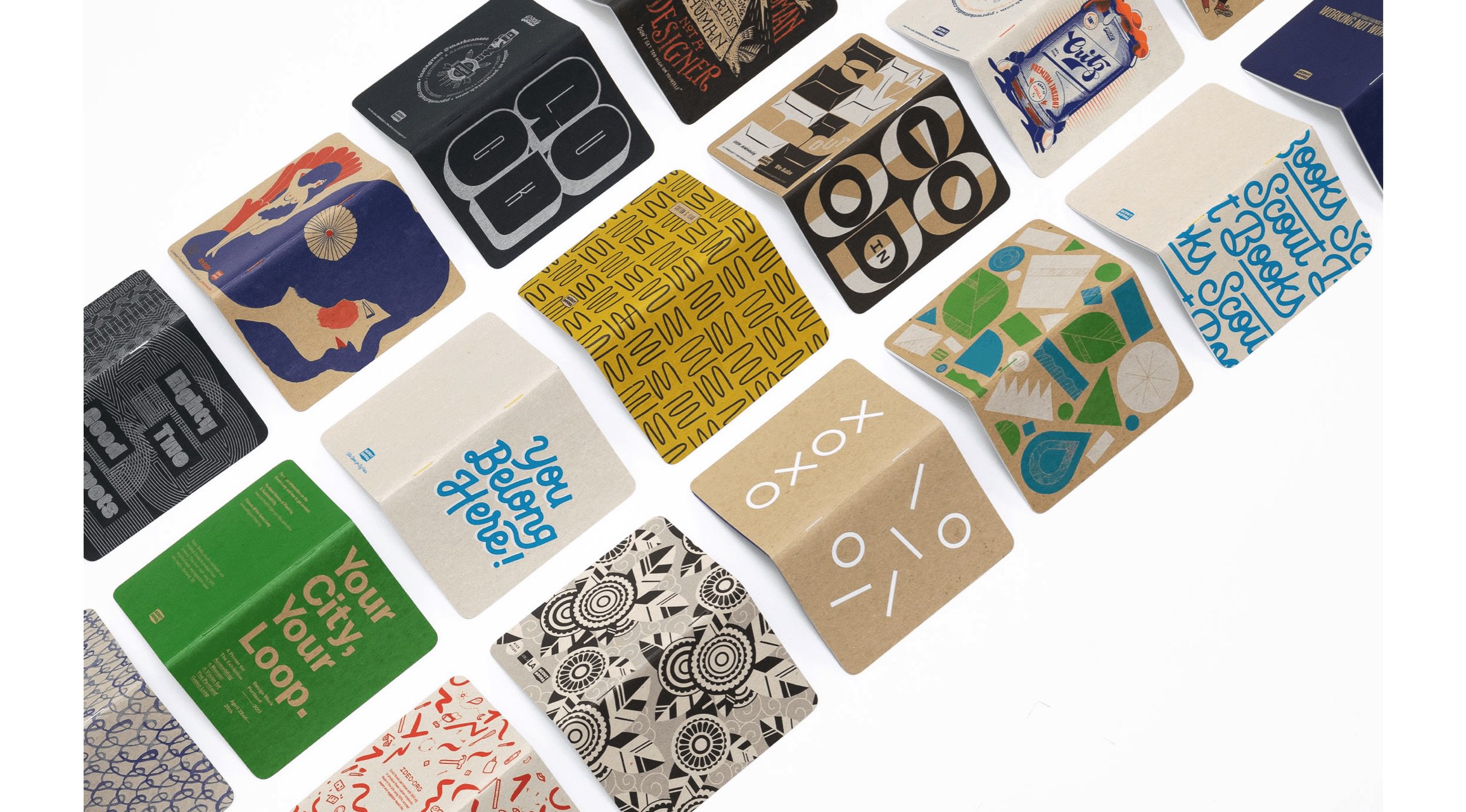
Chapter 2: Scout Books is born
In 2009, they officially released the Scout Books format. By this point, they had been doing other notebook projects for themselves and customers, and really saw it as a tool to start creating a product-based business, instead of a free for all off the menu business. “We were able to start developing all these efficient processes that allowed the business to grow”.
It took a few years to stop doing all their other custom printing, but eventually, it became 100% Scout Books.
Their goal with Scout Books was to no longer need a storefront and instead leverage the website to capture a bigger market. Fast forward to today and they have expanded from that one original shopfront to multiple buildings in the Portland area.
Austin designed the first iteration of the website completely on his own (including a custom checkout and quoting system). To their surprise, they were actually receiving orders within the first hour of launching. They launched with just the ‘pocket size 3.5 x 5-inch’ book - with six standard ink colours and one chipboard cover option.
When they started the website in 2009, the eCommerce landscape was very different to what it is now. Google Ads (or Adwords at the time) hadn’t even been around for a decade, and Facebook ads was very much in its infancy. You had to be creative to drum up hype. The Scout Books team took an innovative ‘gorilla marketing’ approach and had everyone on the team design their own Scout Book. They were produced with information about the product on the back (pricing and guides on how to order) and were distributed all around Portland. They also involved their friends in other cities and had them leave the books in coffee shops, bars and restaurants. “We really believe that having a tangible object was the best selling point. That seemed to help get the ball rolling.”
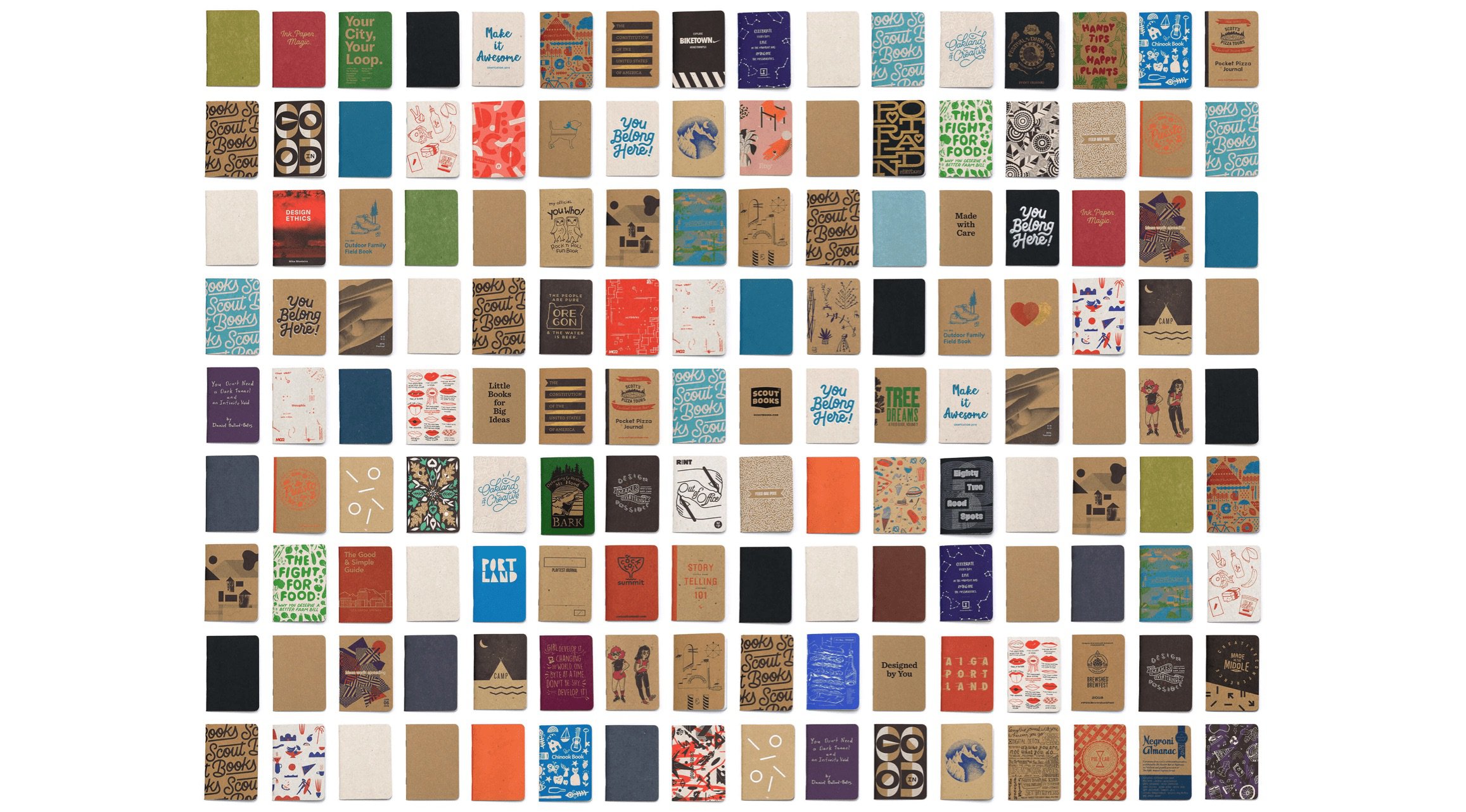
To be honest, I was taken aback by how easy it is to get a Scout Book made. I’m used to printing companies asking for your design, not offering much advice, and then crossing my fingers and hoping the final print turns out how I hoped.
Scout Books takes a different approach:
Customers can upload their artwork in all different formats. Some customers are designers who are able to use the Scout Books templates with minimal help. Other customers are a bit less savvy and require some help from the team.
The Scout Books team will take the uploaded artwork and translate it into a digital PDF mock-up of the final product for the customer to approve. Sometimes quite a bit of work is required on their end, which is handled by their in-house designers (at no extra cost). “We will never print something that doesn't look great.”
Once the customer approves the mock-up, it is converted into plates for the offset presses and the covers and pages are also printed. Everything is then sent to the bindery, where its stitched together.
This is all then packed together into a finished product and sent out to the customer.
Scout Books handles every aspect of manufacturing in-house. This allows them to have complete control over all processes, which ensures the highest level of quality.
“Somebody can send us almost anything and we can make it look good in a finished Scout Book. Our goal is to make it feel like magic.”
And to top it all off, all paper used is 100% recycled, with a tree is planted for every order to help offset carbon emissions.
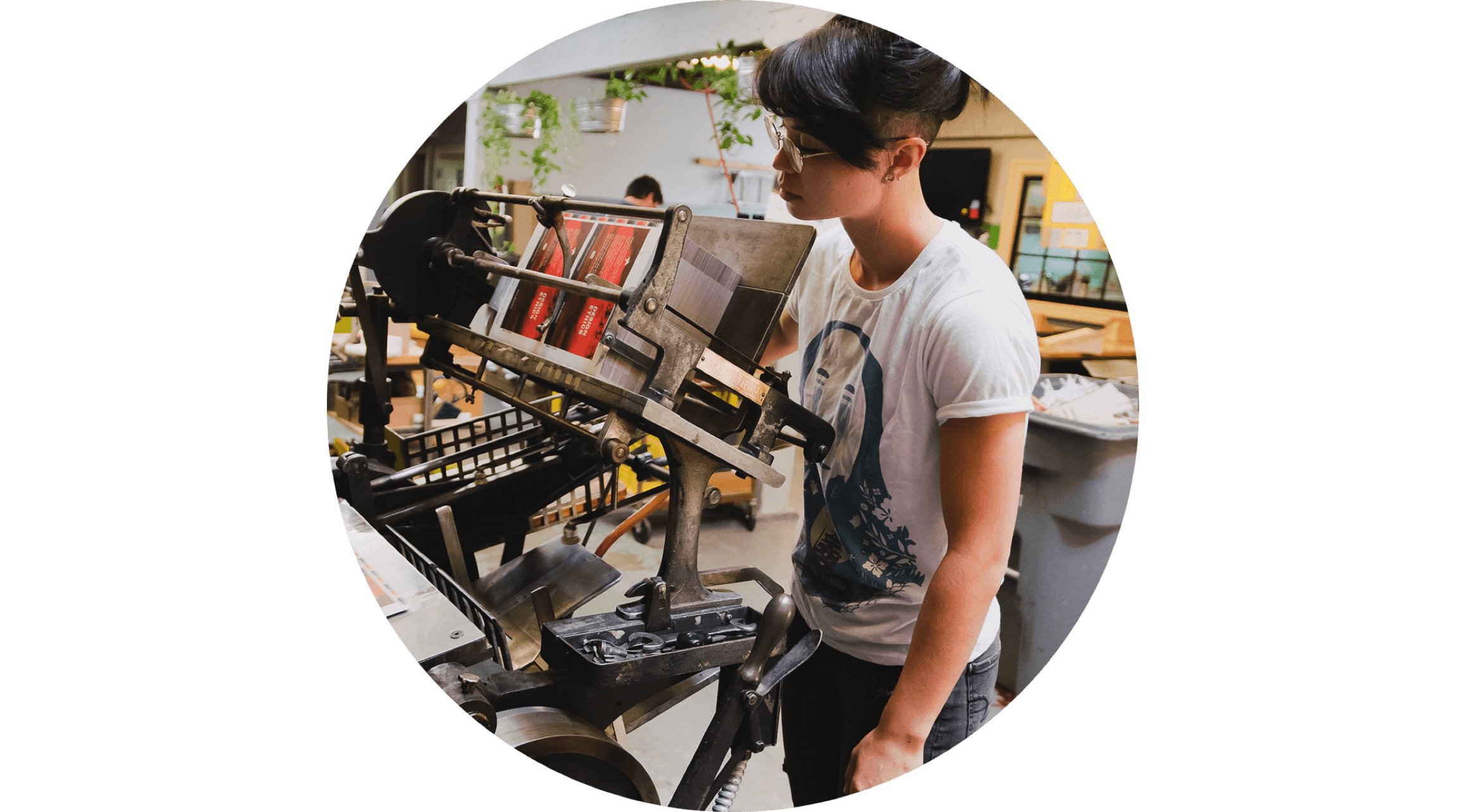
Chapter 3: Scout Books’ stack
WooCommerce
Scout Books eventually outgrew their first eCommerce store. They migrated the store to WooCommerce (which was also custom built by Austin - clearly a man of many talents).
WooCommerce has been a great base for Scout Books. “Its strength lies in the open-source community. The resources available are amazing." Moreover, the low costs and flexibility have allowed them to scale and grow relatively quickly.
But as we hear from many of our customers, WooCommerce’s customizability and open source community can also be its weakness. “Keeping things up to date and managing all of the changes is its own job.”
Metorik
Scout Books joined the Metorik community in the early stages, before features like cart tracking and Engage had even been introduced.
“We found the interface for digging into data is a little lacking in WooCommerce. So it’s great to now have another view to be able to both manage and segment our orders, products, customers and coupons.”
In the past 6 months, Scout Books have started using Engage to target their existing customers and abandoned cart tracking for their potential customers. They have 3 main client bases (retail, custom and DIY) and they have set up different Engage emails that target each of those groups separately:

"We are looking at what people are adding to their cart or what they have purchased, and engaging with them in different ways.”So for example, they use the following filters to target lost customers that purchased a custom Scout Book:
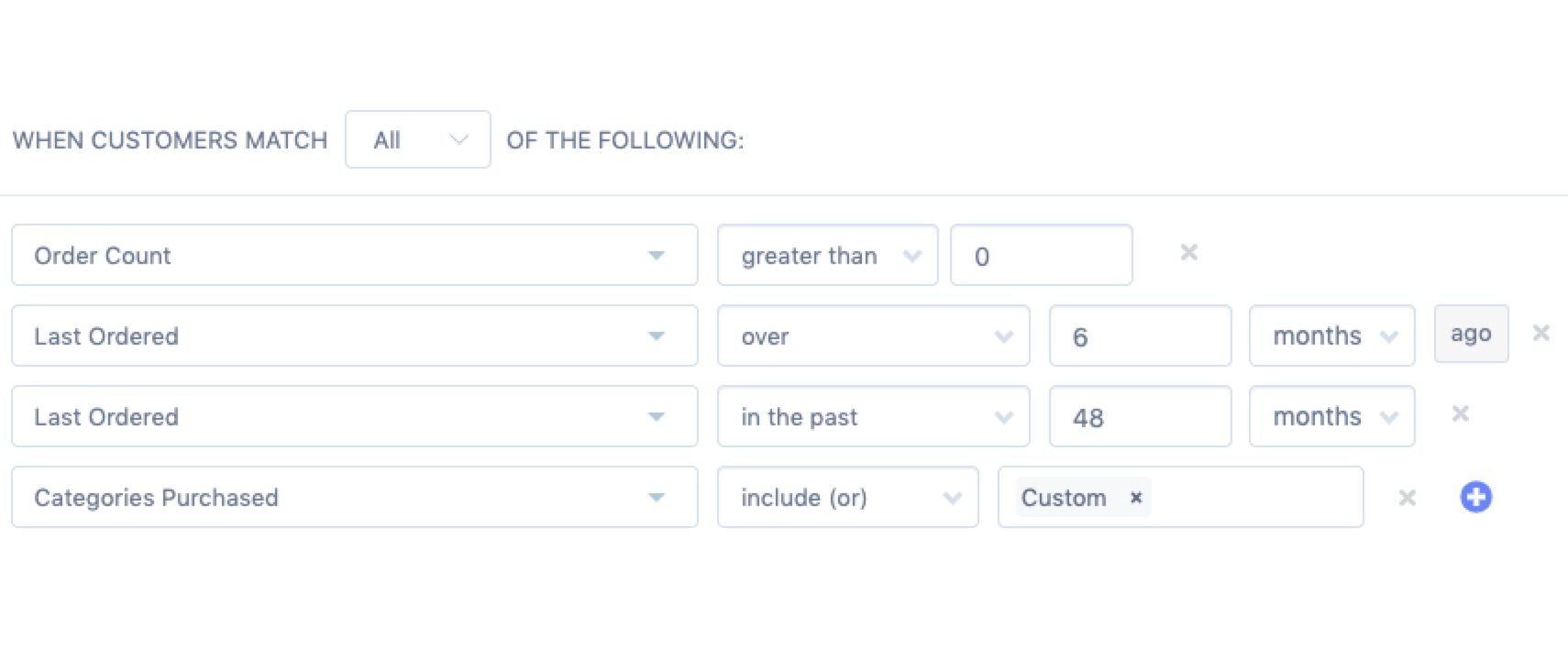
And then send a fully customised email (using Engage’s HTML editor) with a unique $50 coupon code:
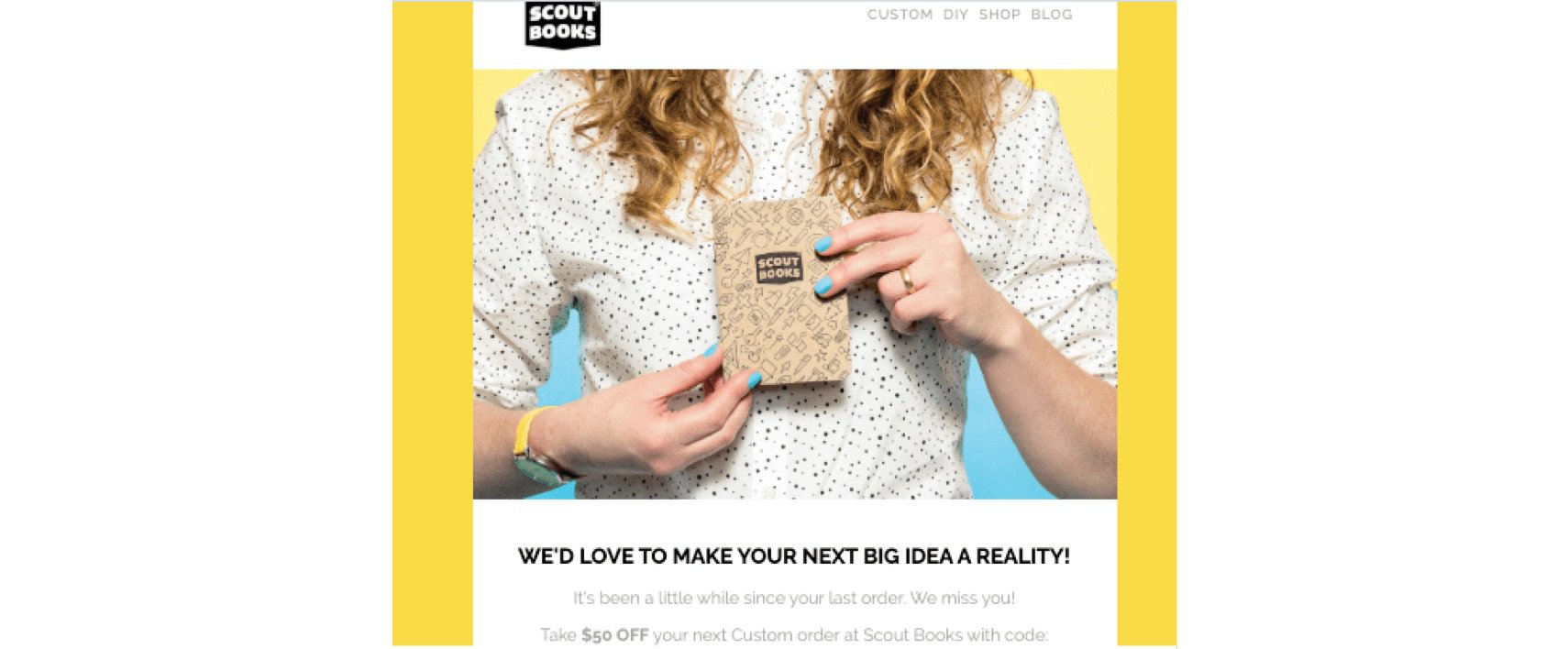
This is a great example of how to engage with your customers in a manner that’s fun and on-brand. I sometimes personally receive both abandoned cart emails or post-purchase emails which are plain, boring and quite frankly don’t entice me to complete my purchase. A little bit of planning and effort can go a long way here.
The same goes for their abandoned cart tracking emails. Scout Books send a different email depending on what items are added to the cart:
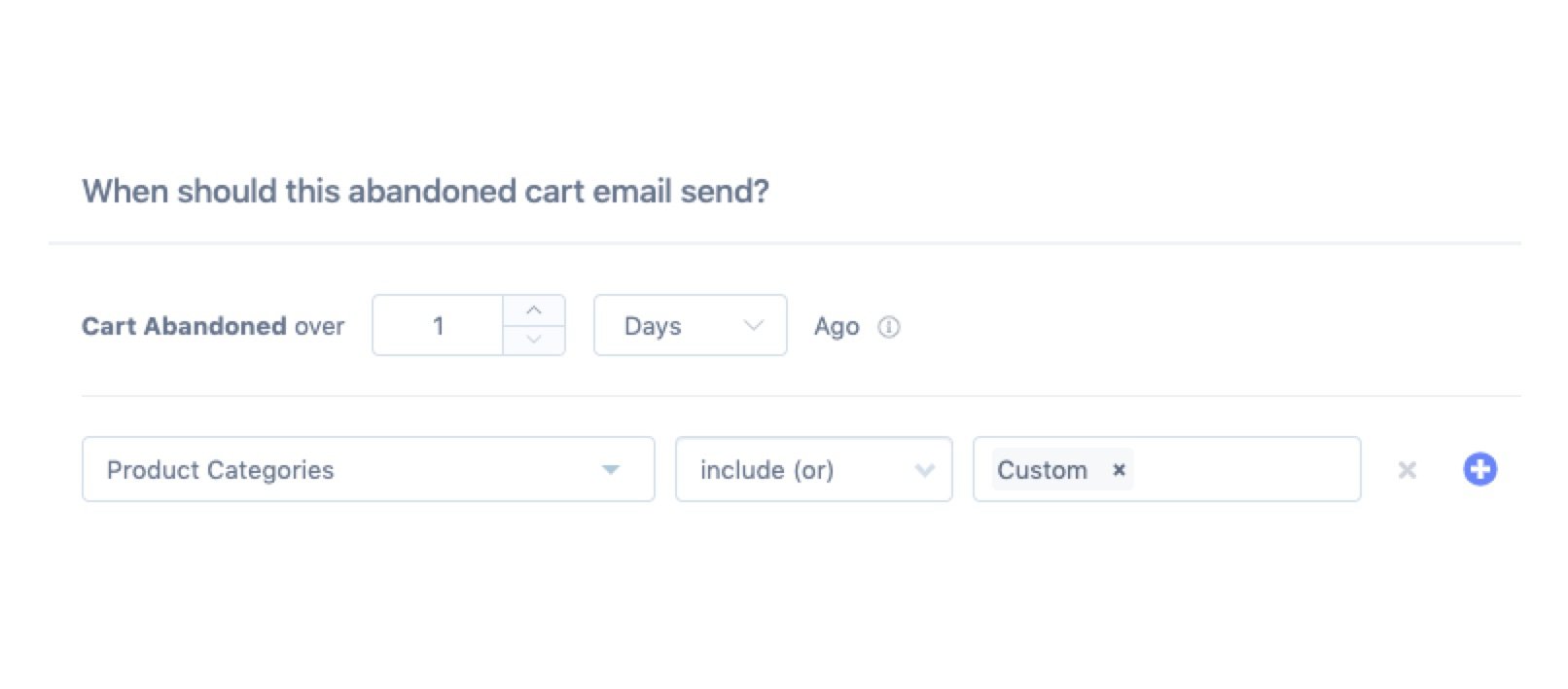
And similarly, another beautiful and on-brand custom email with a coupon code:
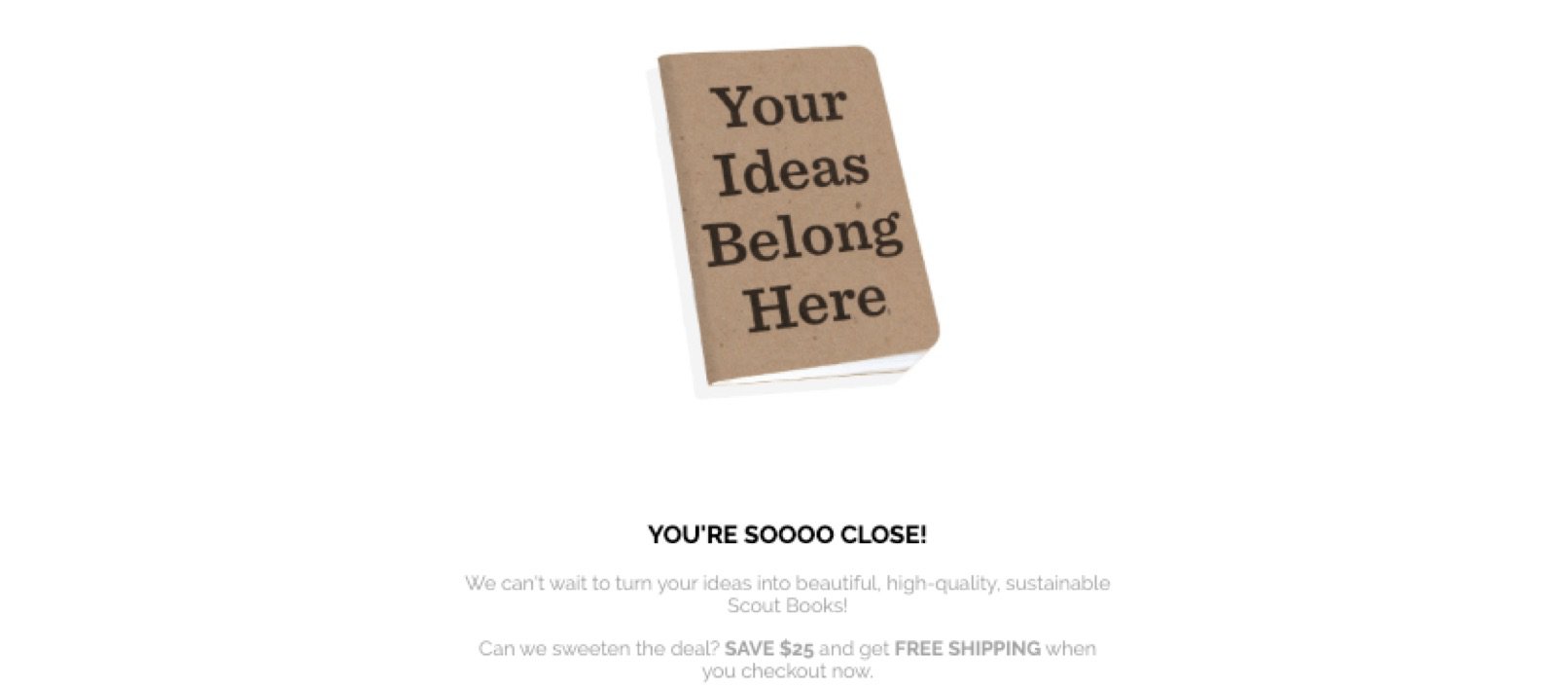
“With both abandoned carts and Engage it’s always exciting to see any conversion as those are people that we probably would have lost. Anything coming through is exciting.”
Scout Books are also taking full advantage of the segmenting system. For example, they are currently running a marketing campaign where they are targeting higher education (universities and colleges). Often these institutions can give out notebooks to new students, or make guides for parents. “We wanted to see if there was a way to filter our previous customers who were from a university or college. Using Metorik I can easily segment customers who have purchased a specific product and have an email address that contains .edu.”
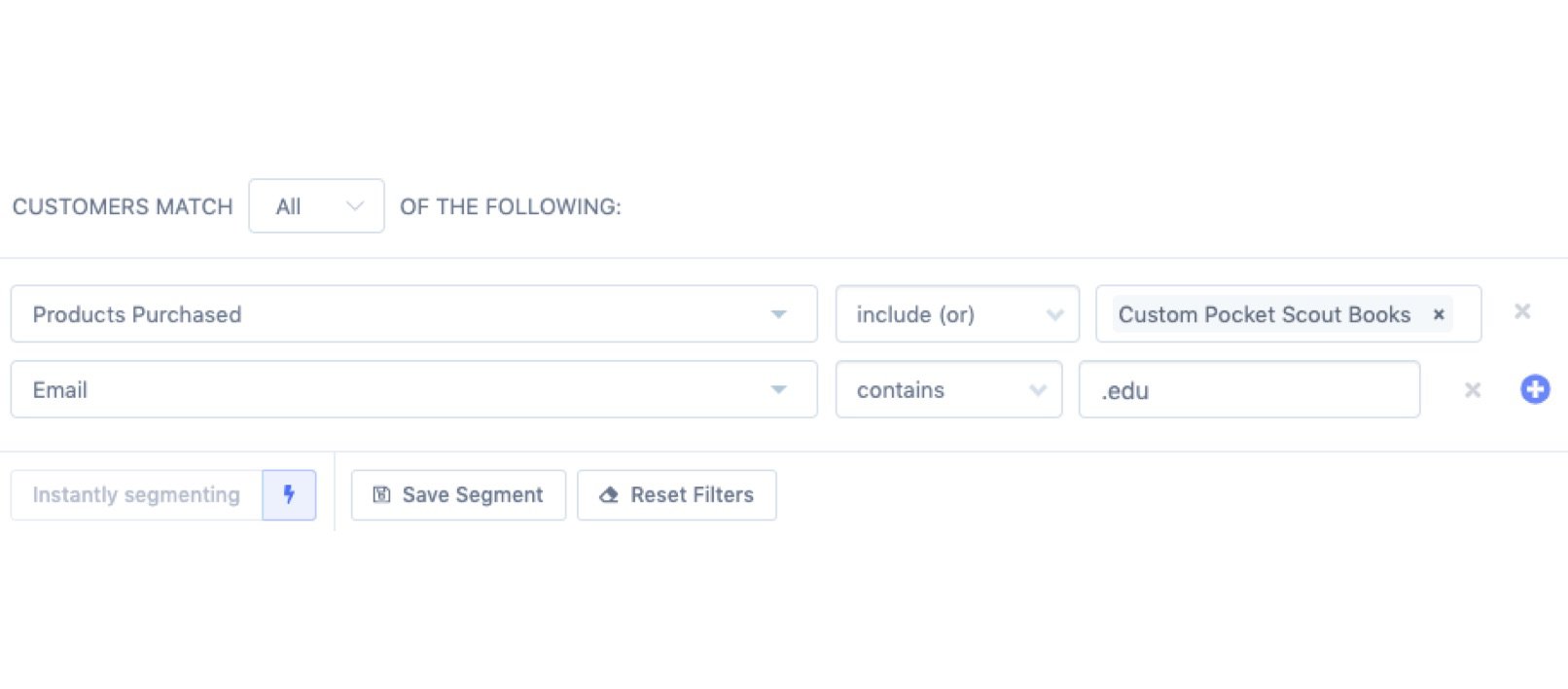
Metorik was always designed as a tool to help any business better understand their WooCommerce data. It was very exciting to see it being used in such a specific scenario that we could have never envisioned ourselves. “The tools for creating segments are very powerful. There are so many options that are well thought out so that you can drill into the data effectively.”
They also take full advantage of Metorik's Help Scout integration, which brings Metorik data into Help Scout and vice versa. “It’s really powerful and helpful to be able to look at customer lifetime value right within Help Scout”.
Chapter 4: Concluding thoughts
Austin and Laura’s story is one which all eCommerce businesses can learn from. It’s not a story about a unicorn company that is all but too familiar in 2019, but a story about their passion for design and publishing. What started as a college journal, over the course of two decades, has slowly transformed into the Scout Book sold today.
This is a lesson that any business can apply - gradual sustainable growth is always going to trump unsustainable ‘hockey stick’ growth. We are glad that Metorik has been there to help Austin and Laura on their journey, and we are excited to keep working with them as Scout Books find their way into the hands of more people.
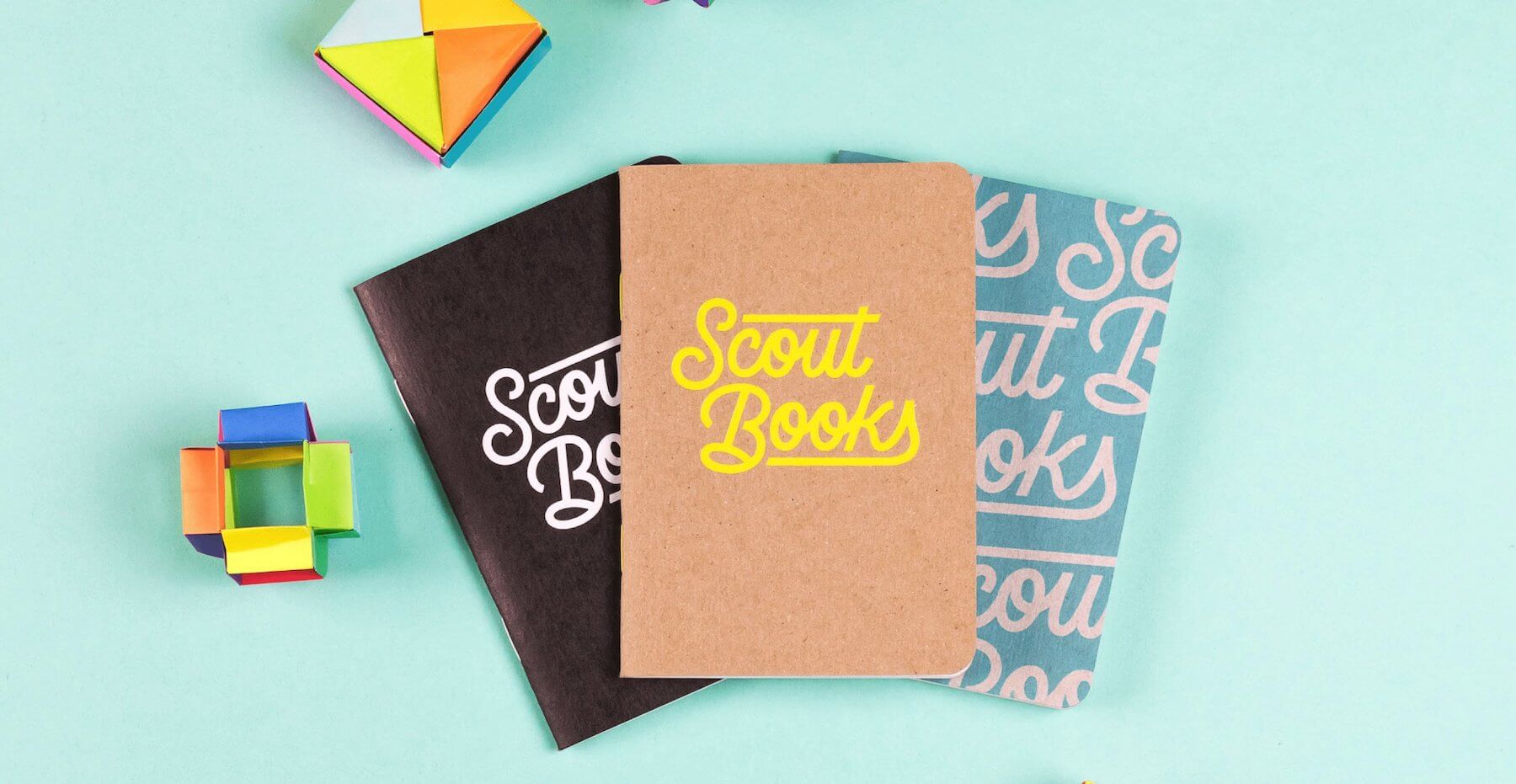
-1549438730.jpg)
